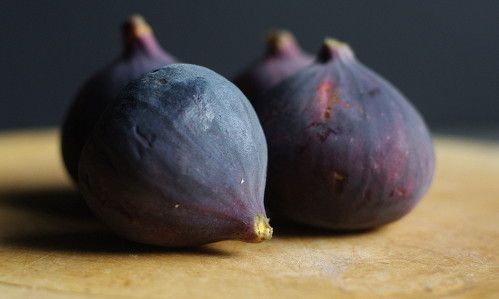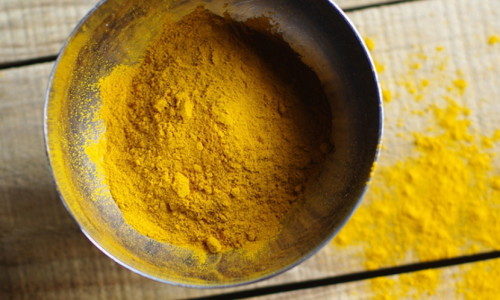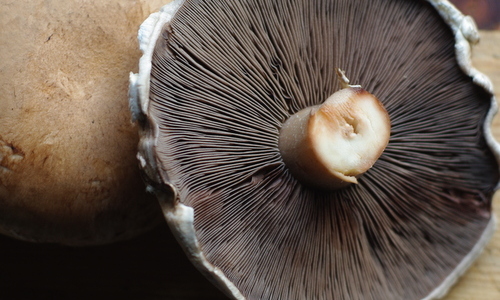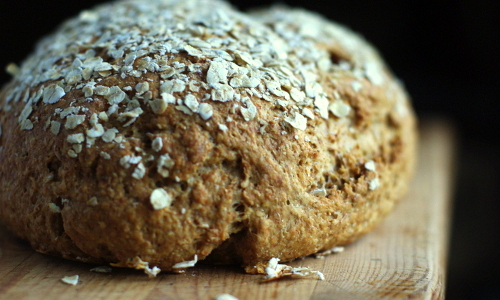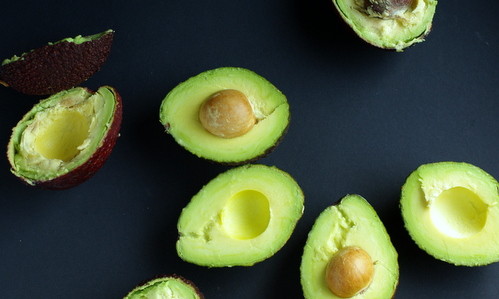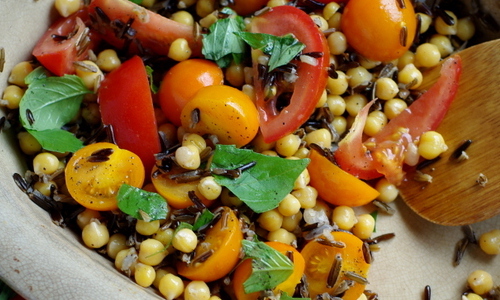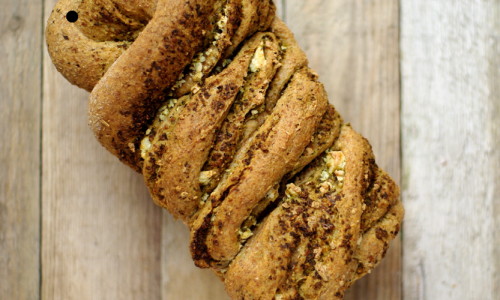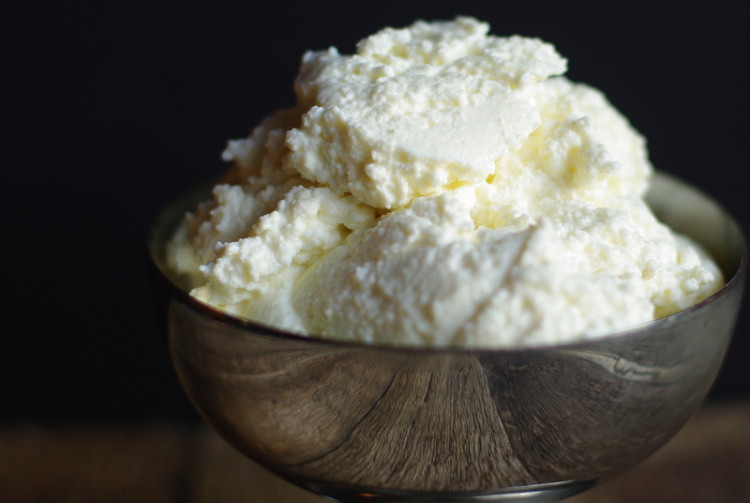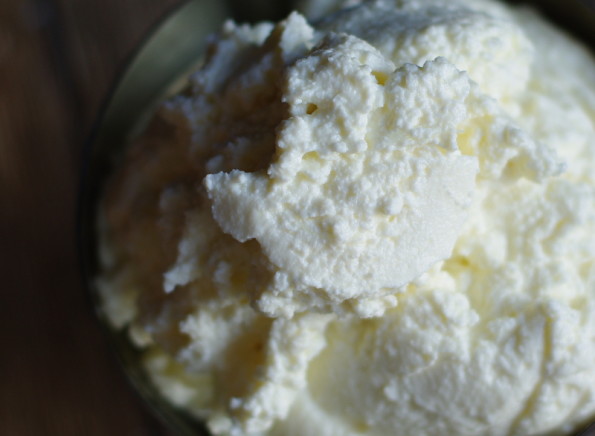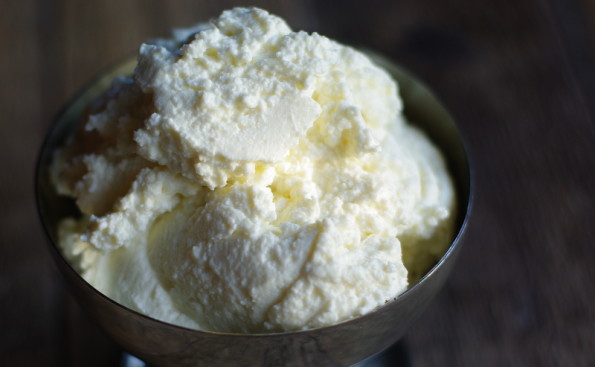The other day I wanted to get some ricotta cheese for an up-coming recipe, but to my dismay the shop seems to have stopped carrying it. What now? Now that I’ve suddenly realized that my culinary life is incomplete without this creamy key to a plethora of recipes, I find it’s unavailable.
Faced with the horrifying prospect of a ricotta-less existence I was lead to a wondrous discovery. Upon googling ‘how to make ricotta cheese’ I found that it’s the easiest process in the world, requiring no weird ingredients that need ordering from specialist suppliers, and can be made without any fancy equipment. Why is this not more widely known?
So easy was the process that I managed it effortlessly on my first attempt and with excellent results!
Traditionally ricotta was made from the whey left over from the making of other cheese. This traditional process involved forcing the protein within the whey to precipitate as a result of being denatured by a combination of acidified pH and heat. Because this traditional method starts with whey from which much of the protein has already been used to make other cheese, it is very low yield and requires a great deal of whey to produce a small amount of the finished cheese.
Happily though now-a-days, ricotta is often made using whole (or skimmed) milk rather than the whey, and though the basic principles of the process are the same, the yield is much greater making it a completely viable undertaking to attempt at home.
So without further ado…
How to make ricotta cheese:
The quantities that I’m including here are enough to yield about 225g-250g (about 1 cup) of finished ricotta, but can easily be doubled or more to suit your needs.
- Squeeze the juice from 1 lemon and set aside (or in place of lemon juice you can use 2Tbsp and 1tsp of distilled white vinegar).
- Pour the milk into a large sauce pan and set it over medium heat. Allow it to heat slowly, stirring nearly constantly, until it reaches 94 degrees Celsius (200 degrees Fahrenheit). If you’ve got a candy thermometer to measure the temperature that’s the best, but if you haven’t got one, allow the milk to heat until it’s steaming and starts to froth up like a cappuccino.
- Remove the milk from the heat and gently stir in the lemon juice and 1/2 tsp of salt (the salt is optional). Set the mixture aside and leave it undisturbed for 10 minutes. After the 10 minutes the milk should be separated into lumpy curds surrounded by yellow-y clear-ish whey. Use a spoon to move some of the curds aside and make sure there’s no un-separated milk below. If there is, add the juice of another 1/4 of a lemon, stir again, and leave it for another few minutes.
- Once the milk has separated the next step will be to strain it. Place a strainer lined with cloth over a large bowl. Cheese cloth is the ideal for this, but I just use a clean dishcloth and it works perfectly for the job. Carefully pour the separated milk into the strainer (you may want to scoop some of it into the strainer with a spoon as it tends to splatter quite a bit) and leave it to drain for about 30 minutes. If the ricotta is still too wet after this time leave it to drain a bit longer. If you’ve left it to drain for too long and it’s become too dry simply add a bit of the strained out whey back into it.
- Transfer the ricotta into an airtight container and store it in the fridge. It should keep for about a week.
So there you have it! How to make ricotta cheese. Simple!

